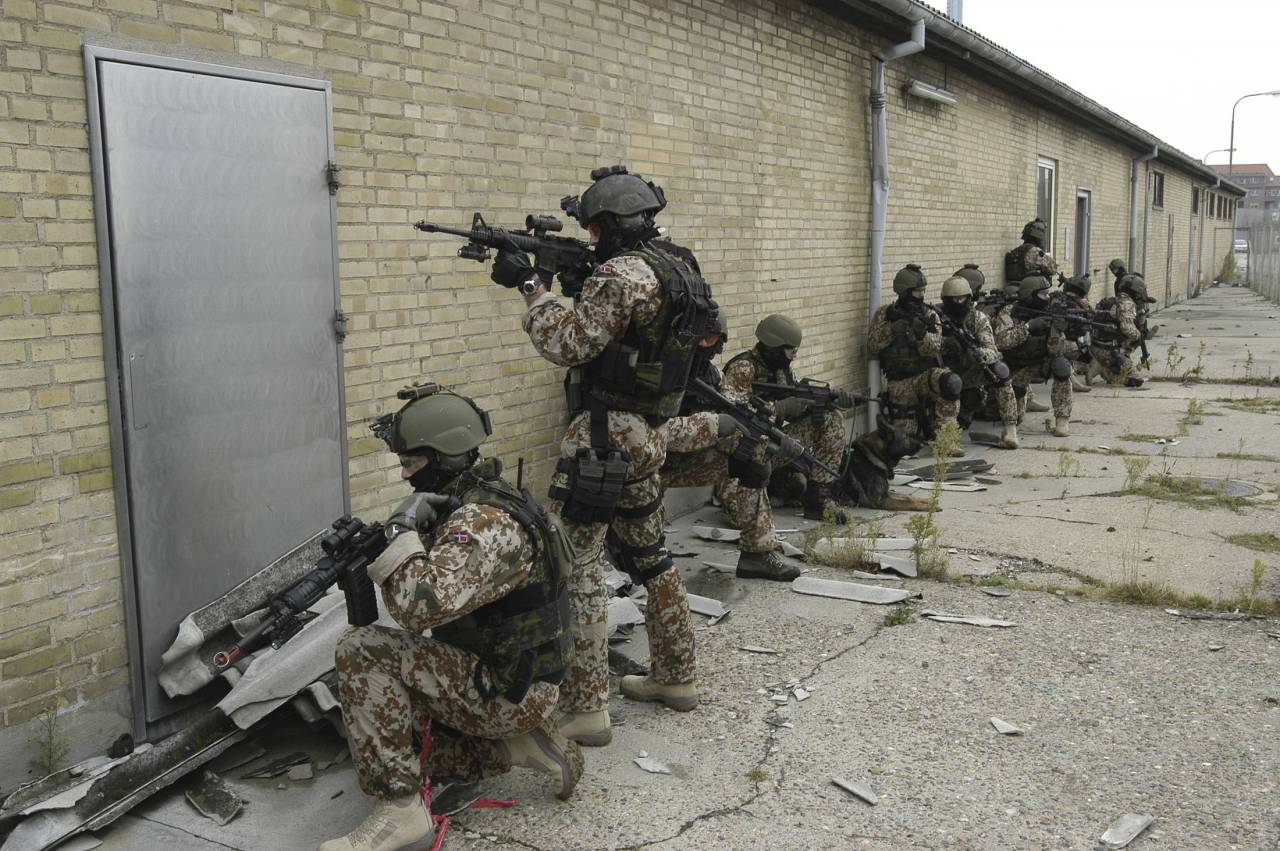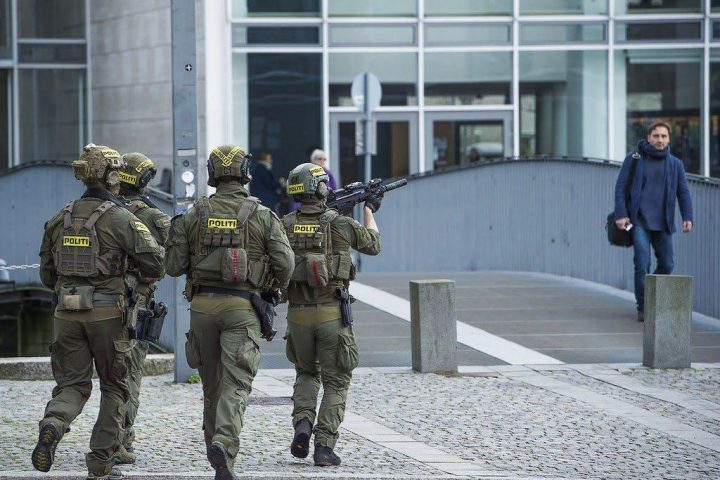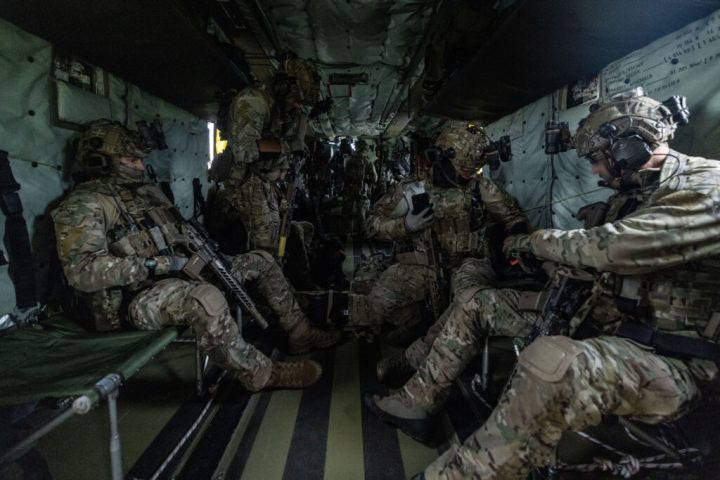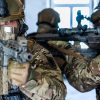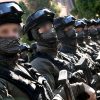The Danish Frogman Corps (Froemandskorps) is a highly trained and specialized unit under the Danish Navy Headquarters that has been operational since 1957. The unit was formed to conduct underwater reconnaissance and other maritime operations beyond traditional naval vessels’ capabilities. Alongside the Jaeger Corps, they are the core of the Danish Special Forces. This article will delve deeper into this unique special forces unit’s history, duties, and capabilities.
History
In 1957, the Danish Navy established the Frogman Corps as a diving school to tackle maritime operations that traditional naval vessels could not manage. The creation of this specialized unit aimed to address this need. As part of their efforts to develop the corps, the Danish Navy sent four officers for training with the US Navy SEALs and the Norwegian Froskemandskorps, forming the Frogman Corps.
After thirteen years of operating under the diving school, the Frogman Corps became a unit under Navy Headquarters (SOK) in 1970, serving as a vital part of Denmark’s special forces. The unit is responsible for executing maritime operations during peacetime and wartime.
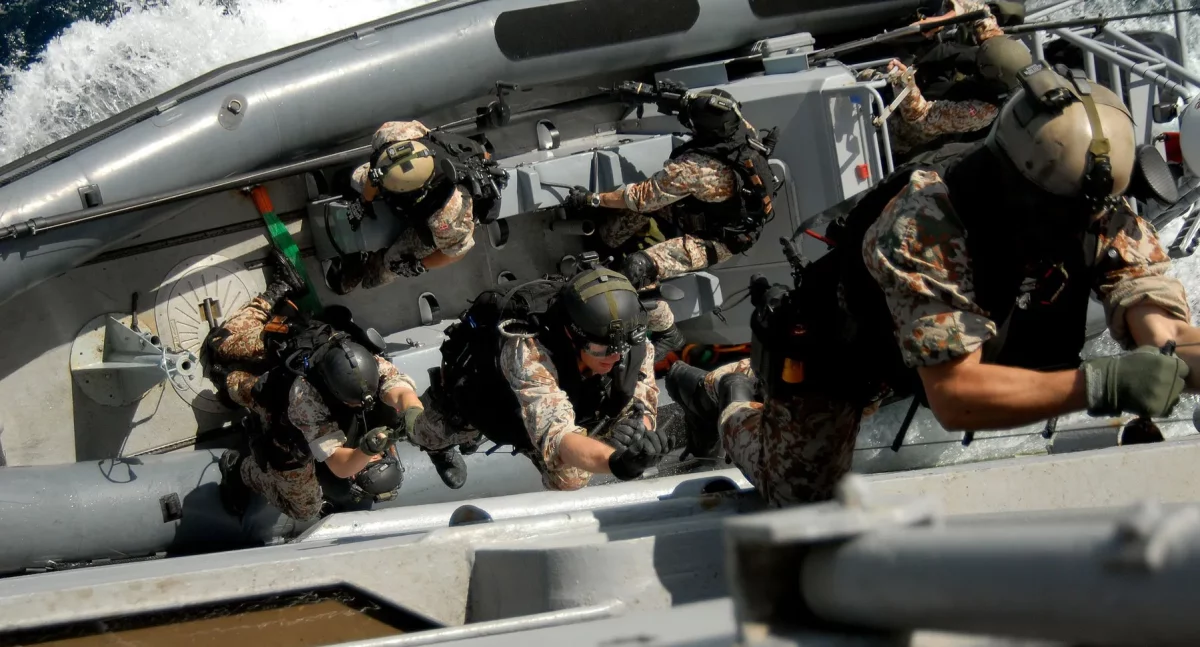
The Frogman Corps was founded on 17th June 1957 based on the United Kingdom’s Special Boat Service, US Underwater Demolition Team, and Norway’s Marinejegerkommandoen. Initially, the unit was under the Danish Navy’s Diving School at Flådestation Holmen in Copenhagen. However, it became an independent unit operationally under the submarine squadron in 1972.
Mission
The Frogman Corps is a specialized unit responsible for carrying out maritime operations. The primary role of the corps is reconnaissance, but it is also tasked with assaulting enemy ships, sabotaging fixed installations, and undertaking advanced force and maritime anti-terrorism tasks. The unit can also perform anti-terrorism and anti-criminal work on the land.
The Frogman Corps’ skills extend beyond military operations. They support the police with highly specialized diving tasks and assist local authorities in inspecting underwater installations, among other duties.
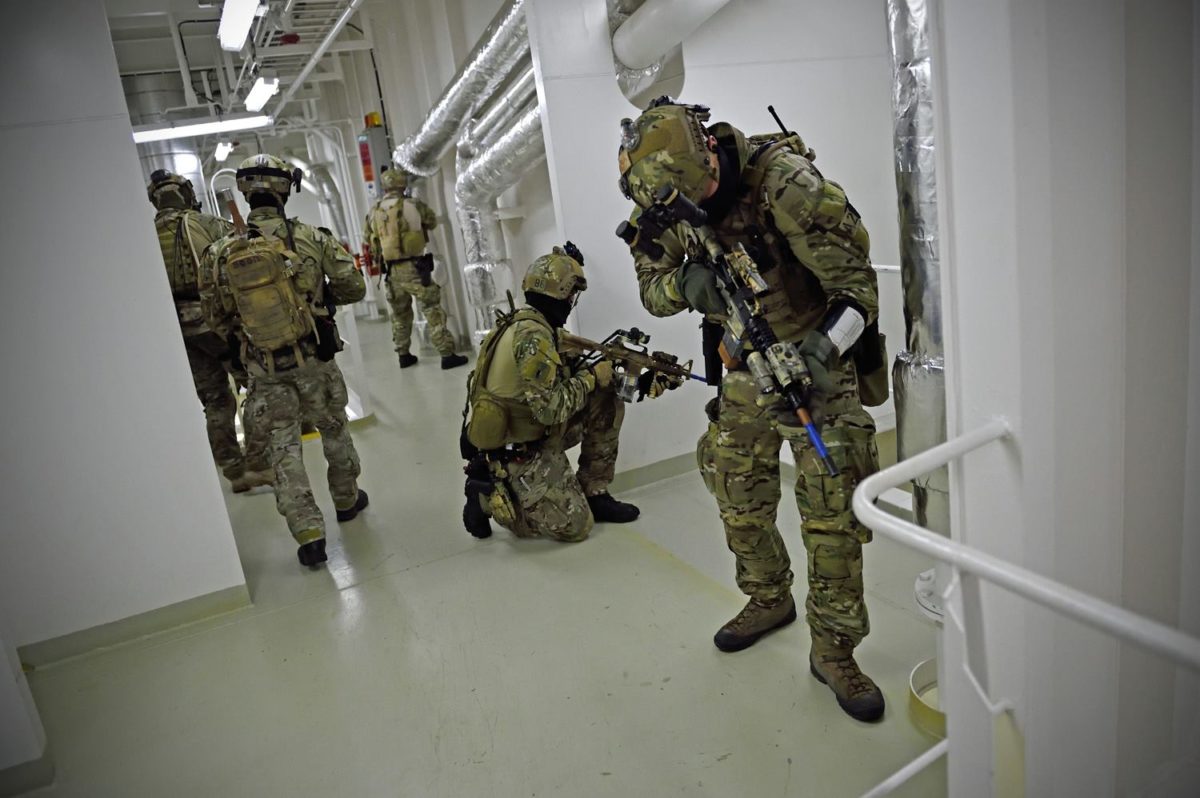
During wartime, the unit’s main duties include ship boardings, where the corps boards and secures enemy vessels. It is also responsible for conducting special reconnaissance missions to gather intelligence on enemy targets. The Frogman Corps is trained to sabotage enemy naval installations to disrupt their operations and can carry out direct combat missions against enemy forces.
During peacetime, the Frogman Corps assists the Danish police in search and rescue operations that require diving expertise. The unit is also trained to conduct underwater demolition operations, such as removing obstacles and demolishing enemy underwater installations.
Training
The Frogman Corps undergoes a rigorous training program at the Torpedo Station in Kongsøre. The training consists of a series of courses, including a three-week combat swimmer course, an advanced scuba diving course, a rescue swimmer course, and a survival course. The core of the training program is the nine-month basic Frogman Course. Around 500 to 600 candidates begin the course yearly, but less than a dozen individuals complete the nine-month course. Since its establishment in 1957, only 311 individuals have successfully completed the training and become frogmen as of 2015.
The training program is designed to produce elite soldiers capable of conducting maritime operations, including reconnaissance, assaulting enemy ships, and sabotaging fixed installations. In addition to their maritime duties, the Frogman Corps also carries out anti-terrorism and anti-criminal work on the land. The Corps assists the police with specialized diving operations and underwater inspections of installations.
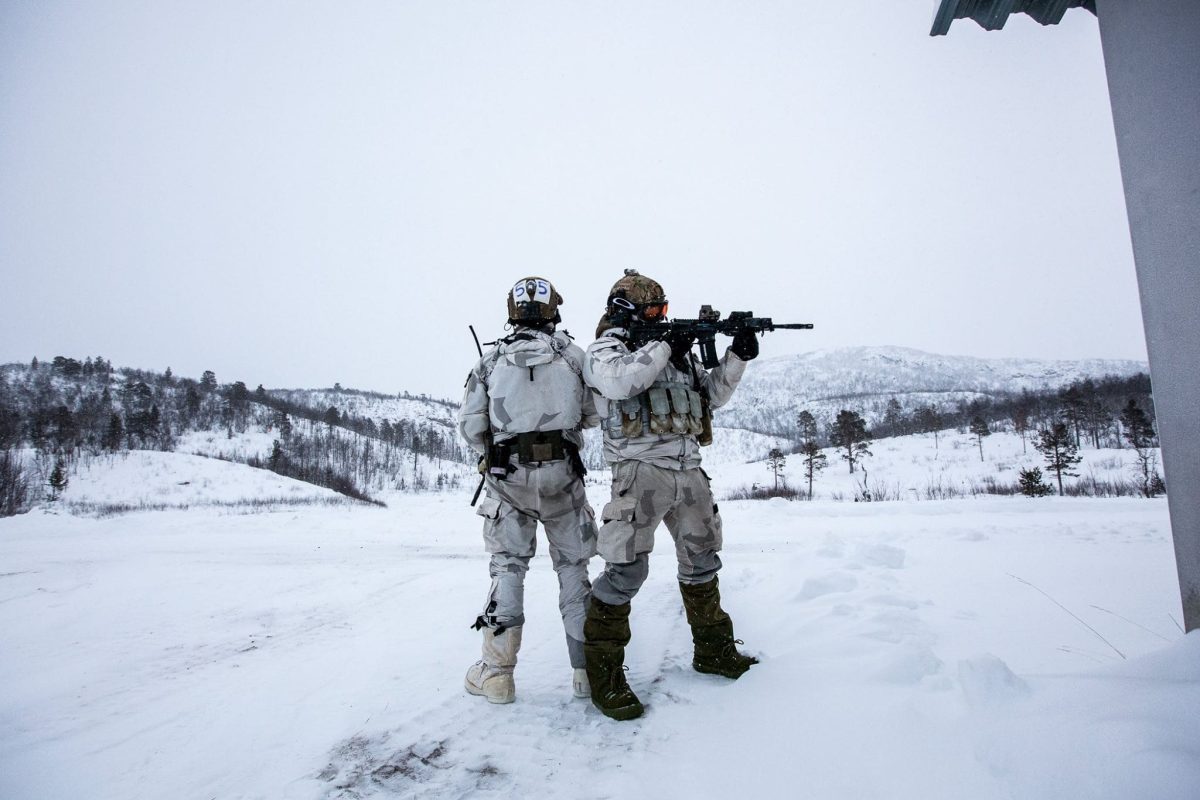
Crown Prince Frederik of Denmark is among the select few who have completed the rigorous training program and earned the badge of a Frogman. He passed the selection process and completed continuation training, earning the nickname “Pingo.” The Danish Frogman Corps’ training program is integral to producing highly skilled and specialized soldiers capable of complex maritime operations.
Capabilities
The Danish Frogman Corps is a highly trained and specialized unit with unique maritime capabilities. The unit is trained to operate in various environments, including coastlines, beaches, fjords, and harbor installations. Some of the unit’s key capabilities include:
- Maritime insertion: The Frogman Corps is trained to carry out maritime insertion operations, which involves inserting troops and equipment into enemy territory using small watercraft and other specialized equipment.
- Underwater navigation: The unit is trained to navigate underwater using specialized equipment, including rebreathers and underwater scooters.
- Underwater combat: The Frogman Corps is trained to conduct combat operations underwater using specialized weapons, including the MP-5SD, MP-53, H&K G41 rifle, H&K 13E machine gun, Neuhausen Pistol, Remington Wingman model 870 shotgun, Smith & Wesson .38 Special.
- Kayak operations: The Frogman Corps is trained to carry out operations using Klepper kayaks, which are small, portable, and easily transported to a mission area.
- Diving operations: The unit is trained to carry out diving operations in a range of environments, including deep-sea diving, cave diving, and wreck diving.
Operations
The Frogman Corps has participated in various operations in different parts of the world. In Afghanistan, the unit was part of Task Force K-Bar, while in Iraq, it was involved in other missions. Additionally, between 2008 and 2014, the Frogman Corps was involved in counter-piracy operations as part of Operation Ocean Shield. One of the Corps’ most notable counter-piracy missions occurred on 5 February 2010.
Ten Frogman Corps members aboard HDMS Absalon (L16) successfully carried out a mission to free the 25 crew members of the Ariella. Six Somali pirates in the Gulf of Aden hijacked this merchant’s vessel. The Frogman Corps members climbed aboard the ship, located and freed the crew, and searched the vessel for the pirates who had escaped.
In November 2021, a unit from the Frogman Corps participated in a counter-piracy operation in the Gulf of Guinea aboard the Royal Danish Navy frigate HDMS Esbern Snare (F342). During the operation, soldiers from the unit engaged in a firefight against eight suspected pirates aboard a fast-moving craft. The Frogman Corps soldiers managed to kill four suspects and capture three without casualties.
The Frogman Corps’ role in such operations underscores its importance in carrying out specialized maritime missions.
Gear
The listed weapons are some of the firearms used by the Danish Frogman Corps. The Glock 17 is a 9mm semi-automatic pistol used by military and law enforcement worldwide. The Heckler & Koch MP5 is a submachine gun used for close-quarters combat due to its small size and lightweight design. The SIG MCX is a modular rifle system for special operations and law enforcement use. The Gevær M/10, also known as the Colt Canada C8 IUR rifle, is a variant of the M16 rifle used by special forces units.
The Finskyttegevær M/04, or Sako TRG-42, is a bolt-action sniper rifle used for long-range precision shooting. The GRK M/03 40mm is a grenade launcher, specifically the Colt Canada M203A1 model, attached to the undersides of rifles and used for launching grenades. The Dysekanon M/85, or Carl Gustav M3, is a recoilless rifle used to destroy various targets, including light armored vehicles and fortifications. The Panserværnsvåben M/97, or AT-4 CS, is an anti-tank weapon that fires a rocket-propelled grenade and is used to destroy armored vehicles. The unit utilizes these weapons to complete its missions effectively and efficiently.


